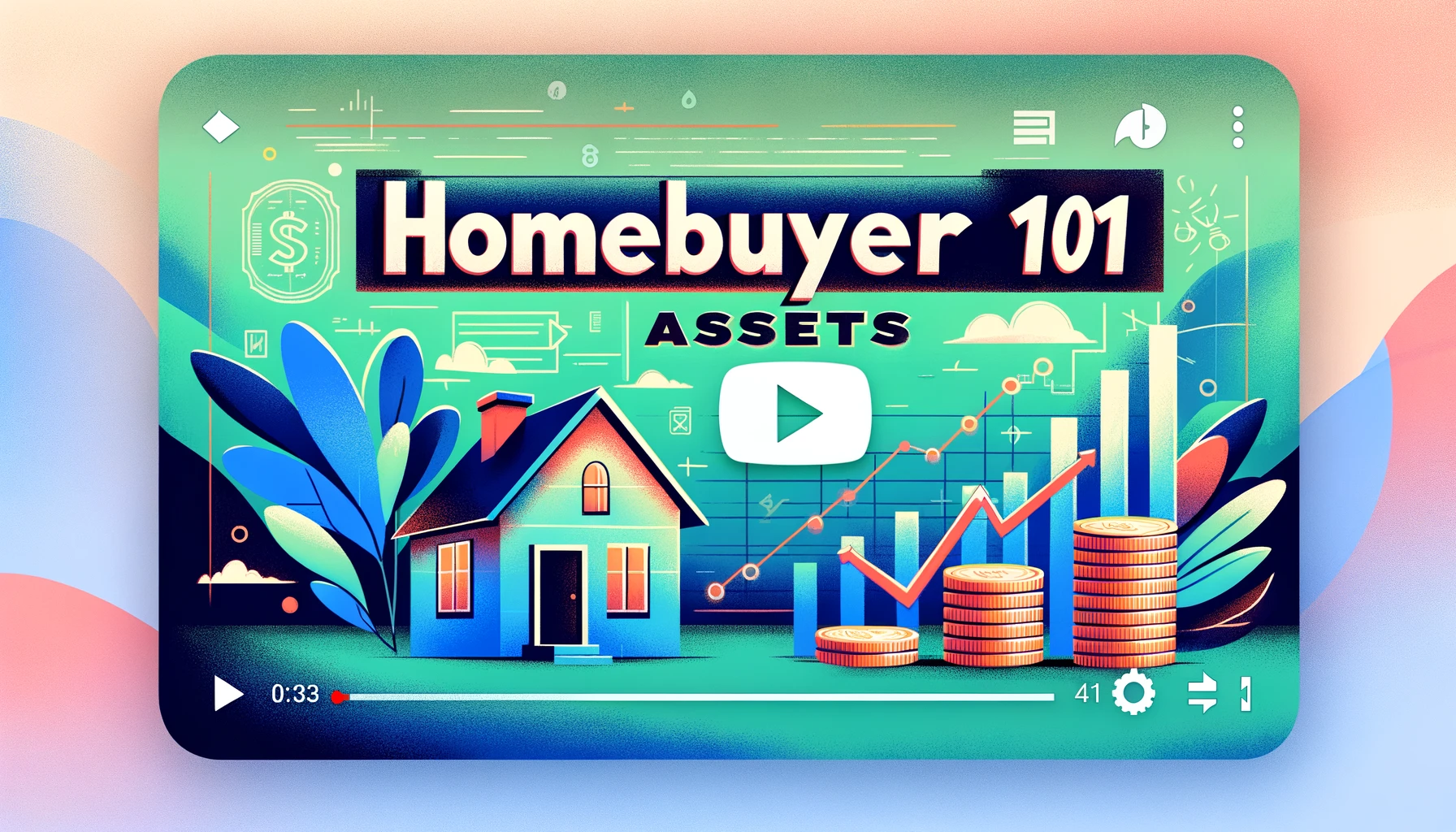6 minute lesson Lesson Summary Importance of timely document submission for your loan Types of…
Homebuyer 201: Condos vs Townhomes
Lesson Summary
-
Townhomes can be either stick-built homes or part of a condominium complex.
-
Stick-built townhomes are priced better than townhomes in a condominium complex.
-
When pricing a loan, it is important to consider whether the property is a condo or stick-built townhome.
-
Planned unit developments (PUDs) are a type of townhome where you own the land.
-
Condominiums have specific criteria and requirements set by the HOA.
-
Townhomes in PUDs have minimal HOA fees and no lender-imposed requirements.
-
For more information on mortgages and different types of properties, contact 719 Lending.
Are you considering planting roots in the picturesque locale of Colorado Springs? Delight in the thought of morning views sweeping across the Front Range, but find yourself tangled in the web of real estate jargon—specifically, the condo conundrum versus the townhome puzzle.
Let’s demystify the options.
Understanding the essence of what you’re purchasing is critical to aligning your home with your lifestyle. Ownership, structure, and community govern the essence of the term ‘home.’
Ownership Differences Explained
When you purchase a townhome within a Planned Unit Development (PUD), you’re acquiring not just the structure but the plot of land on which it resides. This individual land ownership underpins most of the allure in choosing a PUD — your stake in the community is defined, tangible, and has implications for autonomy and future value appreciation.
Conversely, with a condominium, the idea of ownership takes on a different form; akin to owning “airspace”. Your dominion is the interior space of your unit. The land and building exteriors belong to the condo association, encompassing shared ownership among all residents. This communal structure necessitates collective responsibility and often entails adherence to more stringent guidelines set forth by the homeowners’ association (HOA).
Condo Ownership: Understanding Common Areas
Condominiums present a unique take on property ownership—areas beyond your walls are collectively owned by the HOA.
Within condo living, common areas foster communal spirit, enhancing connections among neighbors and the overall quality of life.
As a condo owner, you enjoy shared access to amenities like pools, gyms, and gardens, but these come with shared responsibilities and HOA rules.
These common spaces are maintained through HOA fees, contributing to the value and desirability of your condo—cohesive community living at its finest.
Townhome Titles: What You Actually Own
Ownership is more than a concept; it’s tangible.
In the realm of townhomes, the ownership lines are clearer. Unlike condominiums, owning a townhome often means you own the actual land upon which your home is built. Your ownership extends outside the interior walls to often include the building’s exterior and the lot itself. This grants you greater autonomy and can influence the property’s value and your ability to customize.
Your walls are yours, and so is the earth beneath.
When discussing townhomes within a Planned Unit Development (PUD), this sense of ownership expands. As a PUD townhome owner, not only do you own your unit and typically the associated plot, but you’re also part of a larger planned community. This may provide additional amenities without the tighter restrictions found in condo communities.
You hold the deed to a distinct parcel of land.
The distinction affects financing and insurance, with implications for long-term investment. Because PUD townhomes are considered “stick built” on owned land, lenders often view them more favorably—similar to single-family homes—which can lead to better financing options and rates.
Understanding these differences ensures an informed investment into your future home.
Financial Implications: Condos vs Townhomes
In the realm of Colorado Springs real estate, condos and townhomes present contrasting financial narratives, especially in terms of loans and asset appreciation. For condos, the absence of land ownership can lead to less favorable financing terms compared to townhomes. Moreover, condos are subject to stringent HOA requirements, which can impact lending decisions based on factors like occupancy rates and reserve funds. On the other hand, townhomes within a Planned Unit Development (PUD) often enjoy more attractive loan conditions due to land ownership, resembling the financial edge of single-family homes. The differences extend to potential property value growth, where townhomes might offer more robust equity buildup, crucial when envisioning your investment’s future trajectory.
Assessing Condo Fees and Reserves
Condo fees cover a broad scope of expenses, from maintenance to amenities, directly influencing the cost of ownership. Higher fees might indicate more extensive communal services or utilities included.
Evaluate the reserve fund’s health; it’s crucial for unexpected expenses and long-term maintenance. An underfunded reserve could forecast higher fees or special assessments.
Understanding the allocation of condo fees gives insight into the community’s fiscal management. Items such as building upkeep, landscaping, and shared facilities upkeep impact the overall desirability and financial stability of the condo complex.
A robust reserve fund buffers against the volatility of emergency repairs and capital improvements, preserving the value of individual units. It’s prudent for buyers to request financial statements to scrutinize the ratio of operating expenses to reserves, as a measure of the HOA’s foresight and fiscal responsibility. Lower reserves can lead to “assessments” that levy additional costs on condo owners.
Evaluating Townhome HOA Expenses
When considering a townhome purchase, HOA fees are a significant factor. These fees can vary widely and are pivotal in determining the true cost of homeownership.
HOA fees in townhomes often cover external maintenance, which might include lawn care, snow removal, and repairs to the exterior of the building. These fees can also extend to cover shared amenities such as pools, fitness centers, and community gathering spaces. Prospective buyers should analyze what services are included to determine if the HOA fee offers value congruent with their lifestyle needs.
Be mindful of the HOA’s management structure, as it can influence expenses. Well-managed associations often have strategic long-term planning that can help stabilize fees. Conversely, poor management can lead to unexpected costs and special assessments for maintenance that wasn’t properly budgeted for.
Moreover, when exploring townhomes, be attentive to the age and condition of the property. Older properties might have higher HOA fees due to more frequent maintenance requirements. Ensure you review the history of HOA fee increases and inquire about any anticipated capital expenditures that could affect future fees. Savvy buyers will want to balance the allure of lower initial fees with the risk of future increases or assessments.
Unpacking the PUD Advantage
Planned Unit Developments (PUDs) offer an attractive proposition for many homebuyers, chiefly possessing the land on which the home resides. Unlike condos, where land ownership is communal, a PUD means your personal stake includes the earth your home is built upon, which often translates to better financing conditions and a tangible sense of ownership.
When it comes to reselling, a PUD can provide a significant edge in the market. The distinction of owning both the structure and the land under a “detached” townhome can not only make a property more desirable to buyers but can also streamline the mortgage process. Compared to condos, there is generally less restrictive lending criteria and no onus to meet specific HOA reserve requirements, making PUDs a potentially more straightforward investment.
The Basics of Planned Unit Developments
Planned Unit Developments, or PUDs, involve homeowners having individual ownership of their home and the land it sits on, offering distinct advantages.
- Individual Land Ownership: You own the land directly beneath your home.
- Flexible Development Standards: PUDs allow for diverse housing types and mixed-use spaces.
- Community Amenities: Access to shared spaces and facilities is common in a PUD.
- HOA Governance: Homeowners’ Associations manage common areas, but with fewer lender-imposed requirements.
- Enhanced Privacy: PUDs can offer more privacy than typical condominium setups.
Purchasing in a PUD typically means an easier financing process, absent of strict HOA criteria imposed by lenders.
PUD homeowners benefit from a strong community feel while maintaining individual autonomy and investment control.
PUDs Impact on Home Financing
PUDs offer a more lenient financing landscape, often resulting in favorable mortgage terms due to the nature of ownership.
The clarity of land ownership in PUDs simplifies the collateral assessment for lenders.
With PUDs, the reduced lender scrutiny over HOA reserves and governance can lead to swifter loan approvals.
Unlike traditional condos, PUDs can present fewer barriers to securing financing, as the ownership structure is more straightforward.
Financing a PUD often comes with lower interest rates and fees, as the associated risks for lenders are typically reduced.
Ultimately, the PUD structure tends to enhance a property’s financeability, gaining favor among both buyers and mortgage institutions.
Choosing Your Home: Lifestyle and Investment
Embarking on homeownership marries your lifestyle preferences with long-term financial planning. Do condos or townhomes align with your visions of home?
Mull over the conveniences of condo living — minimal maintenance, amenities galore, and community social structures, weighed against the additional monthly HOA fees that affect your budgeting and investment growth.
Selecting a townhome, especially a PUD, often infers more control over property rights and potentially lower HOA dues, sharpening your investment’s edge and personal freedom.
Considering Condo Living Pros and Cons
Condo ownership uniquely blends urban living with a community-focused lifestyle.
- Maintenance-Free Living: Enjoy the convenience of having most repairs and exterior upkeep managed by the Homeowners Association (HOA).
- Amenities: Many condos offer access to facilities like fitness centers, pools, and event spaces.
- Security: Enhanced security features and gated access are common in condominium complexes.
- Affordability: Often more affordable than single-family homes, making them an attractive option for first-time buyers and those looking to downsize.
- Location: Condos are typically located in or near urban centers, providing easy access to shopping, dining, and entertainment.
Condos require adherence to HOA rules and often come with monthly fees that can be quite significant.
While offering a sense of community, condos may lack the privacy and autonomy associated with traditional homeownership.
The Appeal of Townhome Ownership
Townhomes offer a unique blend of communal living with the feel of a single-family home, balancing social interaction with personal space.
Ownership includes the land beneath your unit, a valued distinction from condos.
With a townhome, you’re invested in a more traditional sense of property—there’s a tangible plot of land that’s unmistakably yours, often accompanied by a small yard or patio for personal use. The ownership extends beyond the walls to include outdoor spaces, fostering a greater sense of autonomy.
The homeowners’ association (HOA) fees in a townhome community are typically lower when compared to a condominium complex. Alongside lower fees, the absence of stringent lender requirements on HOA reserves and occupancy, attributed to land ownership within a Planned Unit Development (PUD), equates to flexibility and potential cost savings for owners. This makes townhomes particularly attractive for those seeking the perks of community living without the higher costs and strict oversight typically found in condo living.



